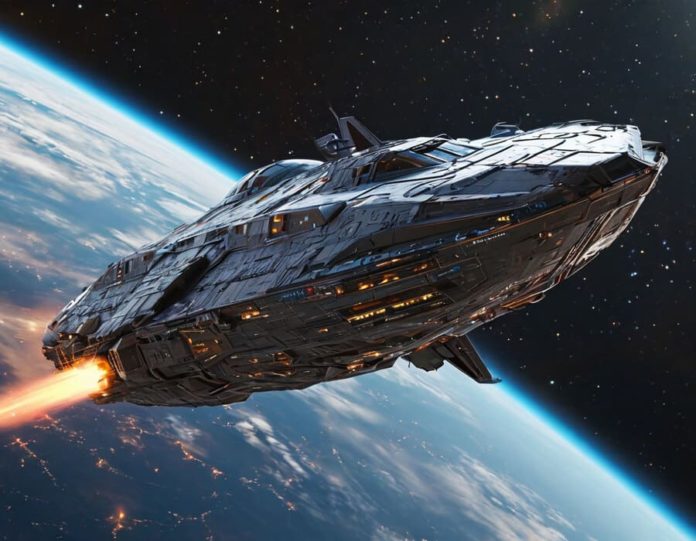Interstellar travel, the ability to travel between stars, has been a captivating dream for decades. While our current technology limits us to exploring our solar system, there are several intriguing theories and speculations that suggest we might one day reach distant stars. Here’s a look at some of the leading ideas for the future of interstellar travel.
1. Fusion propulsion
Fusion propulsion is one of the more practical ideas being explored for interstellar travel. It involves harnessing the power of nuclear fusion, the same process that powers the Sun, to generate immense amounts of energy. In theory, a fusion engine could propel a spacecraft to a significant fraction of the speed of light, making nearby star systems reachable within decades instead of centuries.
The main challenges? Fusion technology is still in its infancy, and controlling such a reaction for sustained periods is extremely difficult. But if we can crack the fusion puzzle, this could be our ticket to the stars.
2. Antimatter engines
Antimatter engines are a fascinating concept, even though it is still under speculative development. After hitting matter, antimatter annihilates it and releases immense quantities of energy. This energy has the potential to propel a spacecraft at extremely high speeds, which could potentially bring us closer to another star in just several years.
The downside? We can’t produce or store antimatter in large quantities yet. Even if we could, there’s the danger of handling such volatile fuel in space. But if we solve these issues, antimatter propulsion could revolutionize space travel.
3. Light sail propulsion
Light sail propulsion, also known as solar sailing, is a concept gaining traction thanks to initiatives like Breakthrough Starshot. This theory involves using large, lightweight sails that are pushed by the pressure of photons (light particles) from the Sun or powerful lasers from Earth. These sails could potentially accelerate a spacecraft to a small percentage of the speed of light, allowing it to reach another star system within a couple of decades.
This method is appealing because it doesn’t rely on carrying fuel. However, constructing a sail large and durable enough to survive space travel, and creating the massive laser arrays needed, poses significant engineering challenges.
4. Wormholes and warp drives
Now we’re getting into the realm of science fiction — but with some theoretical basis. Wormholes are hypothetical tunnels through space-time that could allow faster-than-light travel between two distant points. Meanwhile, warp drives (like the famous one in Star Trek) theoretically involve bending space-time itself, allowing a spacecraft to travel faster than the speed of light without technically breaking the laws of physics.
While these ideas are grounded in Einstein’s theories of relativity, they require exotic materials and energy sources far beyond anything we currently have access to. Still, they represent a tantalizing possibility if we ever figure out how to manipulate space-time itself.
5. Generation ships
If faster-than-light travel remains impossible, another option might be “generation ships.” These are massive spacecraft designed to support human life for centuries, allowing multiple generations to live and die during the voyage to another star system. Over time, the descendants of the original crew would eventually arrive at the destination.
The challenge here isn’t propulsion but rather creating a self-sustaining environment for hundreds or even thousands of years. This raises major questions about human society, biology, and psychology in such a confined and long-term setting.
6. Cryogenic sleep
Another slower-paced solution would involve putting humans into a state of suspended animation or “cryogenic sleep” for the duration of a long journey. In theory, this would allow astronauts to survive long voyages without aging or needing large amounts of resources.
Although there have been some small successes with inducing hypothermic states in animals, putting humans into a deep, safe, and reversible sleep for decades or centuries is far from reality.
Conclusion: the journey ahead
While we’re still far from realizing interstellar travel, the ideas being explored today lay the groundwork for future breakthroughs. Whether it’s through advancements in propulsion, new physics, or radical life-support systems, the dream of exploring other stars continues to inspire scientists and visionaries. Interstellar travel may remain speculative for now, but the progress we make toward these ambitious goals could define humanity’s future among the stars.













